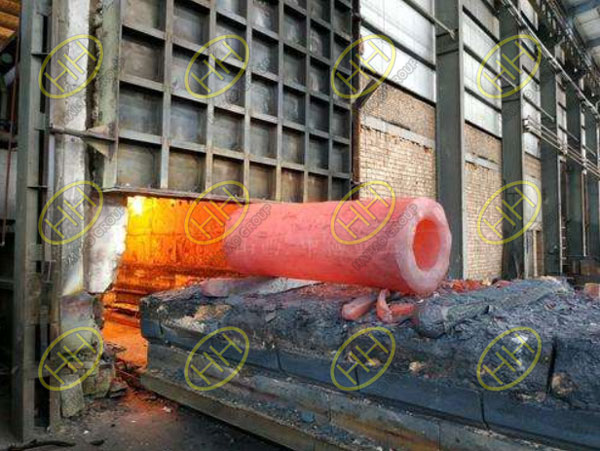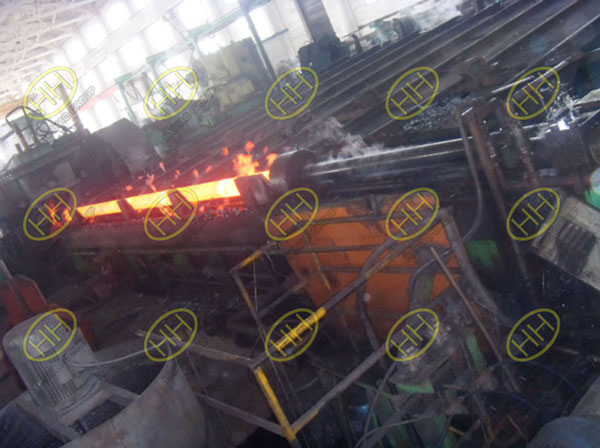Final heat treatment inspection
In the production of the final heat treatment quality inspection usually includes quenching, surface quenching, tempering inspection.
(1) Deformation. Quenching deformation inspection in accordance with requirements, such as deformation in excess of that specified, should be obtained with straightening, if for some reason can’t alignment, and the deformation exceeds machining allowance, can do repair processing, method is to artifacts in the soft state straightening after quenching tempering to meet the requirements, the general workpiece quenching tempering after deformation, no more than two-thirds to one-half allowance.
(2) Cracking. Any workpiece surface is not allowed to crack, so the heat treatment parts must be 100% inspection, should focus on the stress concentration position, sharp Angle, keyway, thin wall hole, thickness of the junction and protruding and depression, etc..
(3) Overheat and overheat. Superheat and overheat are examined by metallographic microscope. After the workpiece is quenched, the superheat of coarse needle martensite and the oxidation of grain boundary are not allowed.
(4) Oxidation and decarburization. Processing allowance small workpiece, oxidation and decarburization to control some strict, for the cutting tool and abrasive tools, do not allow to have decarburization phenomenon, in the quenching parts found serious oxidation and decarburization, the heating temperature must be too high or too long heat preservation time, so must do overheating test at the same time.
(5) Be soft. Soft point will cause the workpiece wear and fatigue damage, so there is no soft point, the formation of the reasons for improper heating and cooling or raw material organization is not uniform, the existence of ribbon and residual decarburization layer, etc., after the soft point should be timely repair treatment.
(6) Insufficient hardness. Usually the workpiece quenching heating temperature is too high, too much residual austenite will cause the reduction of hardness, heating temperature is too low or insufficient insulation time, and quenching cooling speed is not enough, improper operation will cause insufficient quenching hardness. For the above situation only carry out repair treatment.
(7) Salt bath furnace. High and medium frequency and flame quenching workpiece, do not have burn phenomenon.
After the final heat treatment of the parts surface is not allowed to have corrosion, knock, shrinkage, damage and other defects.
Haihao Group reminds you that in the heat treatment production needs competent inspectors, not only in accordance with the technical requirements of the heat treatment of the workpiece quality inspection and control, the more important task is to be a good adviser. In the production process of heat treatment, it is necessary to see whether the operator is strictly implementing the process procedures and whether the process parameters are correct.Email:sales@haihaogroup.com


